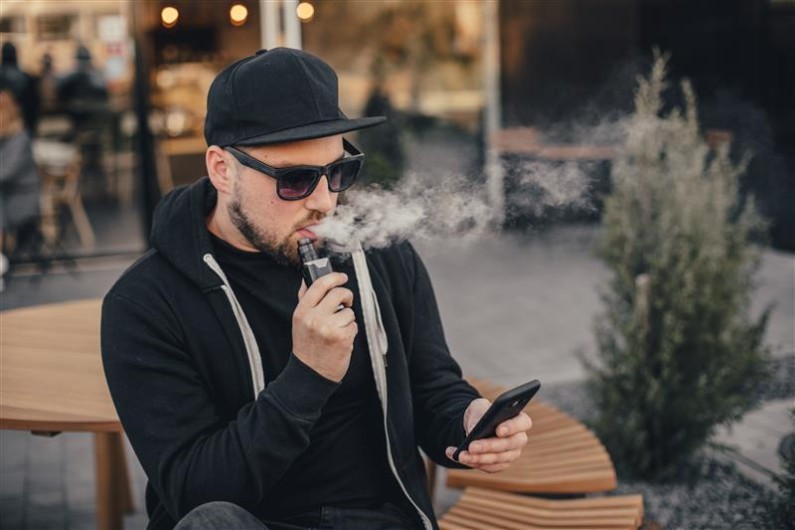
Exposing the vaping epidemic
Published: 30 May 2022
By: Louise Zacest
While everyone’s happy that cigarette smoking amongst young people has reduced dramatically, the rise of vaping has mostly nullified that optimism.
It’s World Smoke-Free Day today, but according to my daughter, currently studying at Otago University, nearly everyone in her age group vapes.
In many ways, vaping has become the ‘Nespresso of Smoking.’
Like instant coffee, normal cigarettes were never that cool and were something the older generation did.
Then, just as Nespresso reinvented instant coffee, it seems that the tobacco industry has reinvented smoking, making it cool.
And to quote the buzzword of the moment ‘misinformation', it has to be noted that there has been more focus on vaping as a safe way to kick smoking, than on the risks for young people.
We are not talking about a harmless puff of flavoured water vapour.
Consider these three facts:
- Fact 1: Did you know over 96% of all vapes contain nicotine as well as lead and tin?
- Fact 2: The colourful, playful packaging and sweet flavours appear designed to appeal to the teen palette.
- Fact 3: These heated liquids usually contain much higher levels of nicotine than standard cigarettes.
And because the habit is relatively new, we don’t have conclusive studies on the long-term effects.
But here’s what we do know. Nicotine is highly addictive. It’s proven to affect memory, concentration, learning, self-control, attention and mood.
Nicotine also changes the way synapses are formed, harming the parts of the brain that control attention and learning.
And we’re talking about teens and young adults here, whose brains keep developing until they hit 25 years of age. Making them much more susceptible to addiction and the issues around what the US General Surgeon calls ‘mental fog’.
A recent study of thousands of teens in The United States, released in early 2021, confirmed this. It found that those who vaped were three times more likely than their peers to report concentration, memory, and decision-making problems.
Just when young people need these attributes most. And it’s a worldwide issue that’s seriously affecting young Kiwis.
A recent Asthma & Respiratory Foundation New Zealand survey reveals it’s a growing national problem. Over 19,000 students in years 9 – 13 were asked about their vaping and smoking habits. The survey showed that 10% of young people aged 13 – 18 years are regular vapers.
And with New Zealand facing a surge in mental health issues, especially among our young people, vaping needs to be seriously considered as a contributing factor. Paediatric respiratory physician and co-author of the ARFNZ report, Professor Philip Pattemore, points this out:
“Vaping with nicotine has been consistently associated with depression, ADHD, and conduct disorders in adolescents, and nicotine exposure has been shown to impact learning and memory."
So what can we do?
As parents, we of course understand that teens will always want to experiment and push boundaries, but in the main, our kids are smart too.
By making them aware of the dangers and discussing the facts, rather than lecturing, teens can then start to see some clear air around the issue and make some good decisions.
The evolving role of the workplace in creating a smoke-free culture is also vital, especially for those with a young workforce.
As businesses, we can help drive a positive societal shift and steer our valued employees away from workplace smoking and vaping subcultures.
Again, it’s talking about the issue and making sure people are aware of the facts rather than criticism.
Because when people start to really understand the potentially harmful effects, we can turn attitudes around from this ‘cool’ habit into appreciating how addictive, physically and mentally harmful it can be.
And help a new generation avoid any long-term harm, as the older cigarette-smoking generations are still dealing with today.
Louise Zacest
Chief Executive Officer
UniMed

